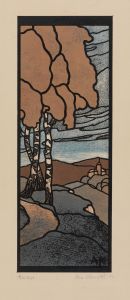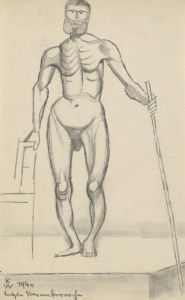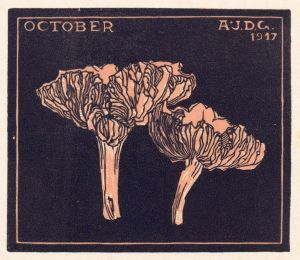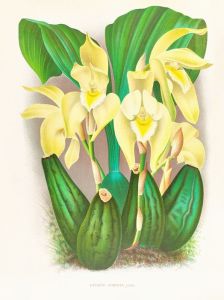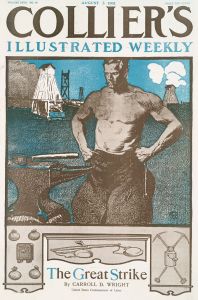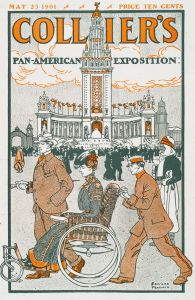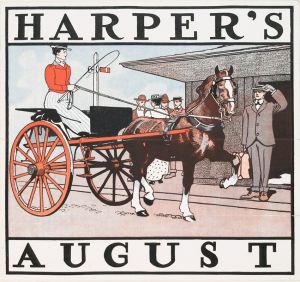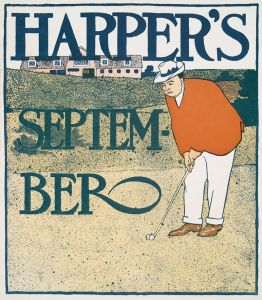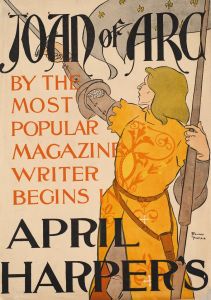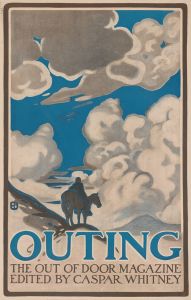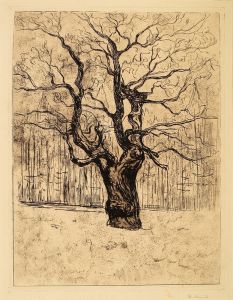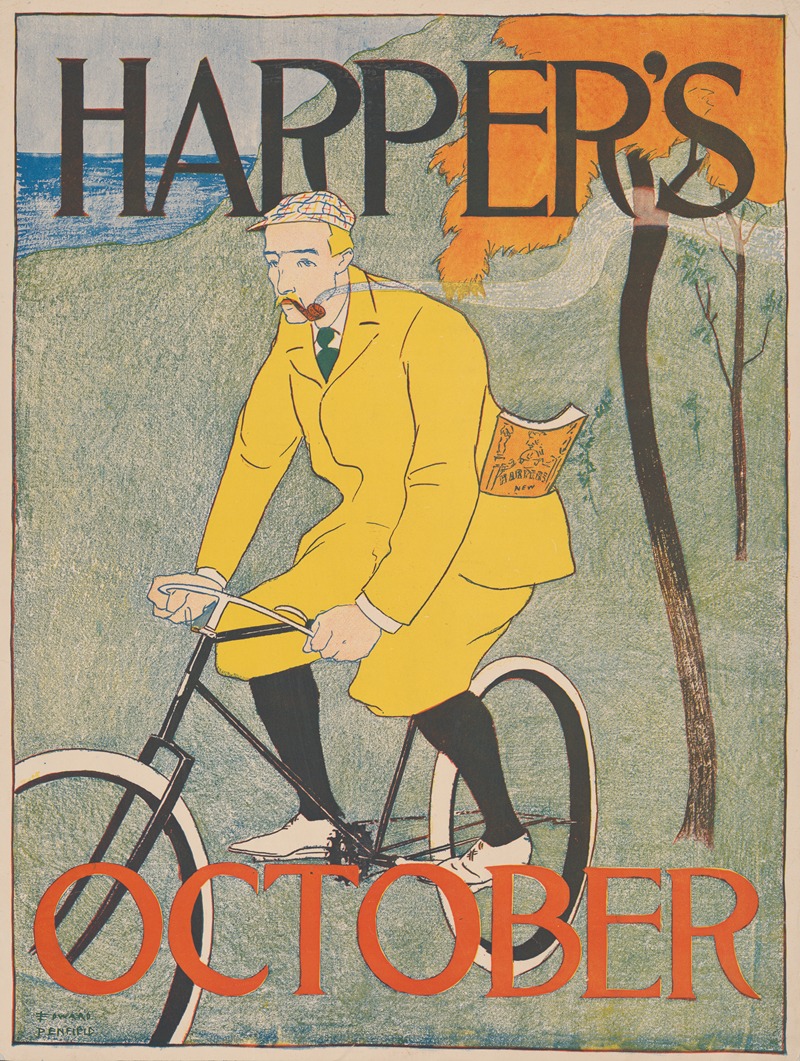
Harper’s October
A hand-painted replica of Edward Penfield’s masterpiece Harper’s October, meticulously crafted by professional artists to capture the true essence of the original. Each piece is created with museum-quality canvas and rare mineral pigments, carefully painted by experienced artists with delicate brushstrokes and rich, layered colors to perfectly recreate the texture of the original artwork. Unlike machine-printed reproductions, this hand-painted version brings the painting to life, infused with the artist’s emotions and skill in every stroke. Whether for personal collection or home decoration, it instantly elevates the artistic atmosphere of any space.
Edward Penfield (1866-1925) was an influential American illustrator and a key figure in the development of graphic design in the late 19th and early 20th centuries. He is often referred to as the father of the American poster. Penfield's work is characterized by its clear, bold lines, and its ability to convey a message with minimal text, making his posters both visually appealing and highly effective as advertising tools.
One of Penfield's notable works is "Harper’s October," created in 1894. This piece was part of a series of monthly covers he designed for Harper's Magazine, a leading American publication of the time. These covers are significant as they represent some of the earliest examples of modern American poster art.
"Harper’s October" features a woman dressed in autumnal attire, holding an umbrella and a copy of Harper's Magazine. The background is a simple, flat color, which helps to draw attention to the central figure and the magazine she is holding. The use of a limited color palette and the focus on the figure are characteristic of Penfield's style, which was influenced by the Art Nouveau movement and Japanese woodblock prints.
Penfield's covers for Harper's Magazine were not only artistically significant but also played a crucial role in the magazine's marketing strategy. By creating visually striking and seasonally themed covers, Penfield helped to establish Harper's as a sophisticated and culturally relevant publication. His work contributed to the magazine's identity and helped to attract a broad readership.
"Harper’s October" exemplifies Penfield's ability to blend art and commerce seamlessly. The image is both aesthetically pleasing and functional as an advertisement. The woman's fashionable attire and the autumnal theme align with the time of year, making the cover timely and relevant. The inclusion of the magazine in the woman's hand serves as a subtle yet effective piece of advertising, encouraging viewers to purchase the latest issue.
Edward Penfield's contributions to graphic design and illustration were significant. His work for Harper's Magazine set a standard for magazine covers and helped to elevate the status of illustration as a legitimate art form. Penfield's influence can be seen in the work of later illustrators and graphic designers, and his posters remain highly regarded for their artistic and historical value.
In summary, "Harper’s October" by Edward Penfield is a notable example of early American poster art. Created in 1894 as a cover for Harper's Magazine, the piece reflects Penfield's distinctive style and his ability to create visually compelling and effective advertising. Penfield's work for Harper's played a key role in the magazine's success and helped to establish the importance of illustration in modern graphic design.





